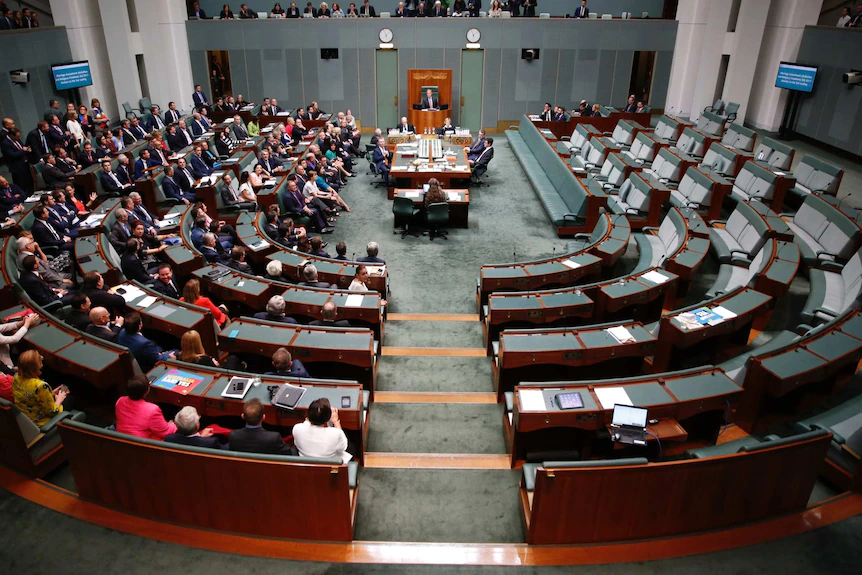Free trade agreements with Japan and South Korea have not worked in India’s favour. Will the deals with Australia and UAE deliver?
After Canberra ratified the India-Australia Economic Cooperation and Trade Agreement (IndAus ECTA) on Tuesday there was a huge sense of achievement that overtook the establishment and media outlets.
While the fine print was still hazy given that the second phase of the deal was yet to be concluded, duty cuts and liberalized visa regimes were touted as a big deal for the Indian side.

There’s no denying that bilateral trade deals are here to stay given that multi-lateral negotiations at forums like World Trade Organization have come to a virtual standstill, and limited trade and investment blocks take a long time to get going.
Taking bilateral trade to US $ 50 billion in five years from the prevailing $ 31 billion with Australia is laudable. The billion-dollar question, however, would be which side will the trade balance tilt?
The next deal that may get operative is the pact with the United Arab Emirates which was also signed eight months ago. A comprehensive Economic Partnership Agreement (CEPA) between Abu Dhabi and New Delhi may be more comprehensive. UAE foreign minister Sheikh Abdullah bin Zayed Al Nahyan is in New Delhi to give a big push to CEPA.
Here again, the trade balance is in favour of the UAE as of now and it may only widen further after the CEPA. As per Indian commerce ministry figures, imports from UAE were US $ 28.4 billion as against $ 16 billion in exports during April – September 2022. Widening trade imbalance may be a source of concern in the free trade agreement with Australia or CEPA with the UAE.

After a hiatus during the first three years, the Narendra Modi government signed 13 trade deals or operationalized agreements with partners in the last five years. Hastening bilateral agreements became a necessity given the $ 5 trillion economic target that India set for itself in its economic expansion game plan. But then, have these agreements done well for Indian industry, exporters, service providers, farmers and consumers is a valid question that needs to be answered. There are no verifiable data to back any claims of a big benefit to the Indian side. Data available from Commerce Ministry, RBI and Finance Ministry also needs to be collated and reconciled.
In the past, the industry and trading community in India have complained that deals with Japan and South Korea never worked in India’s favour as the trade balance and investment gap only widened with several desi companies, and services losing out.
Sri Lanka, Nepal, Bhutan, Mauritius, Thailand, and Malaysia bracketed as neighbourhood countries or South East Asian neighbours were others with whom free trade deals were operative. Even if the trade balance was in their favour, India has the potential to play a ‘big brother’ role.
But with biggies like Japan, South Korea, UAE and Australia, terms of engagement may be a clinching factor. Two regional deals with ASEAN and SAFTA were also scrutinized on cost-benefit issues.
In addition, six preferential trade agreements with limited scope became operative between India and its partners like Afghanistan, Chile etc. In this category also falls the agreement India has with Mercosur (South American block) and Asia Pacific nations through APTA.
Free trade negotiations will be kicked off with the United Kingdom, Canada, European Union and Gulf nations later this week. Here again, the big question is what are India’s gains?
While bilateral and limited blocks trade is imperative, Indian negotiators must be sensitive enough to ensure that FTAs do not turn out to be free for all and nothing much for India.
Free trade as a concept has undergone serious makeover especially after Western developed economies including US has shunned the hitherto flexible economic, investment and trade partnerships.
There’s no alternative to engaging the world on multiple fronts. But, the big question is what’s in it for India?
(The writer is the Director and Chief Executive of the New Delhi-based think tank, Centre for Integrated and Holistic Studies (CIHS). The article was first published on CIHS to whom it belongs. Republished with permission.)
Badrinath is the Director and Chief Executive of the Centre for Integrated and Holistic Studies, a New Delhi-based non-partisan think tank.
